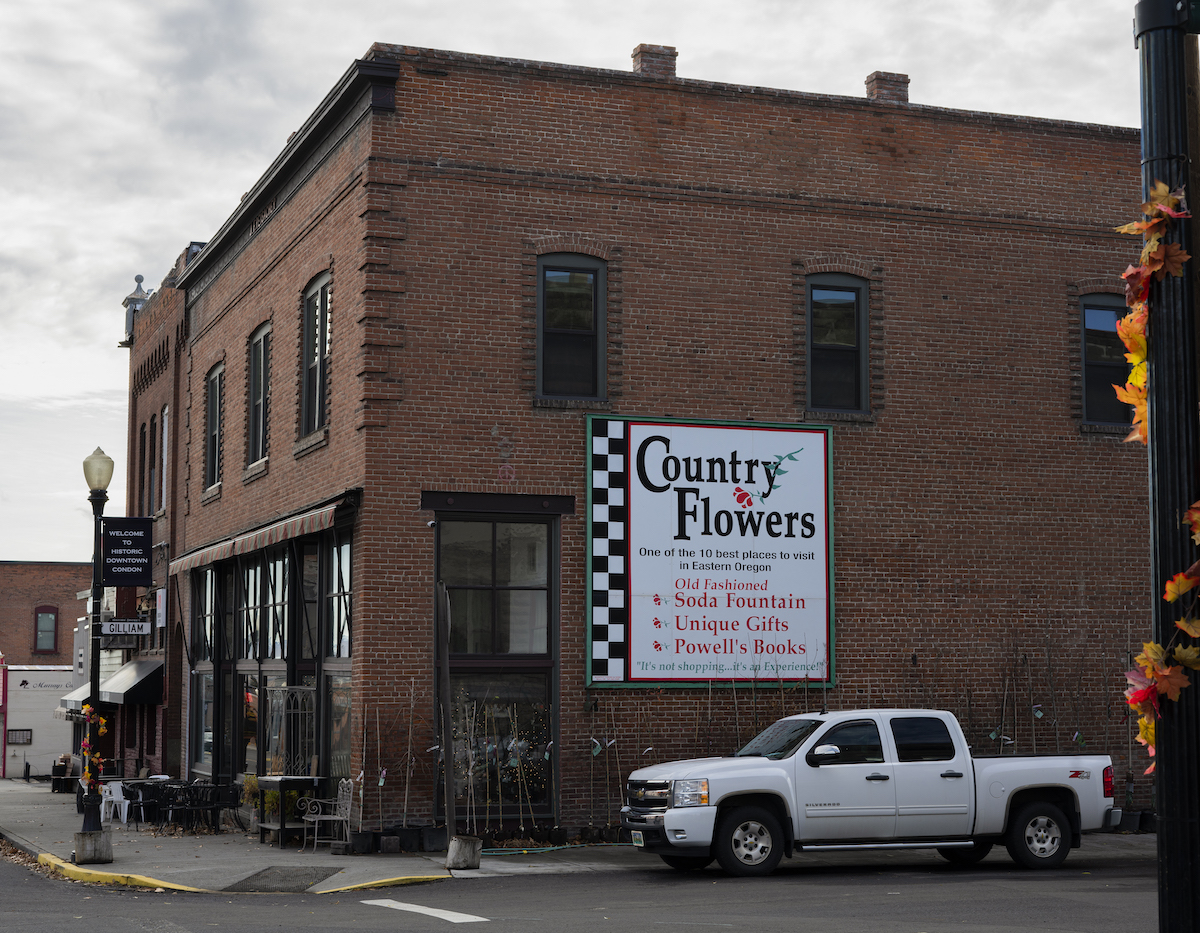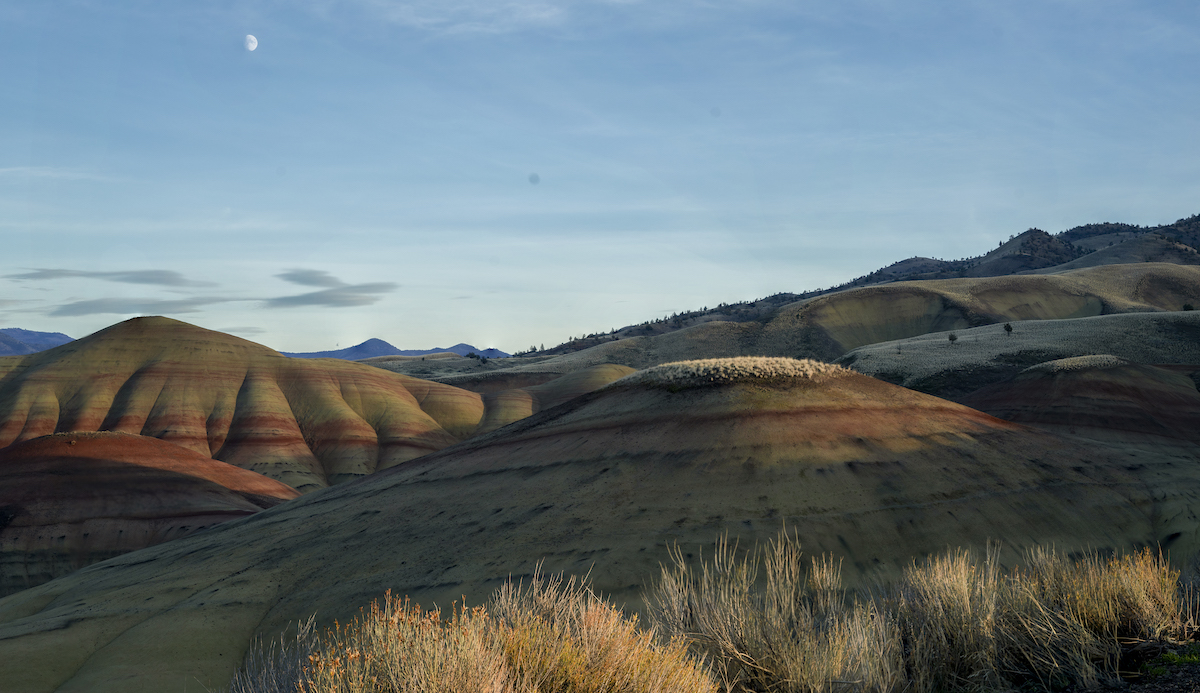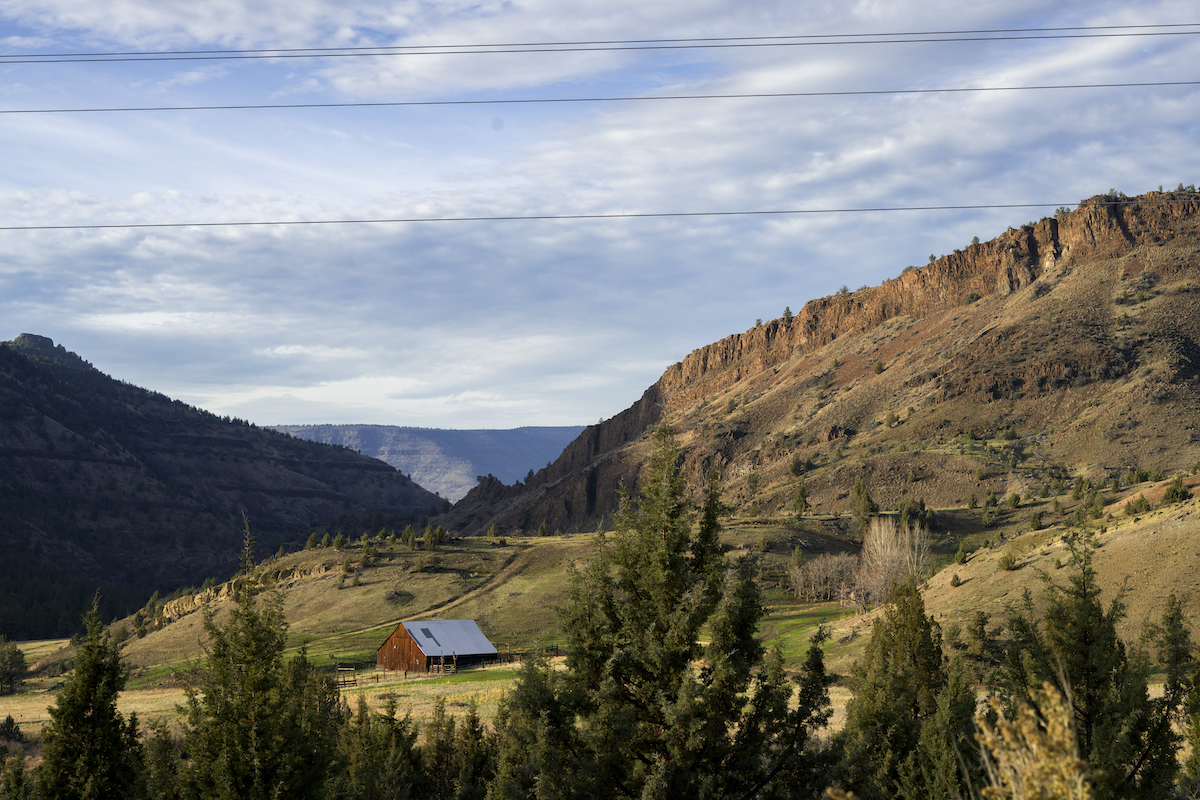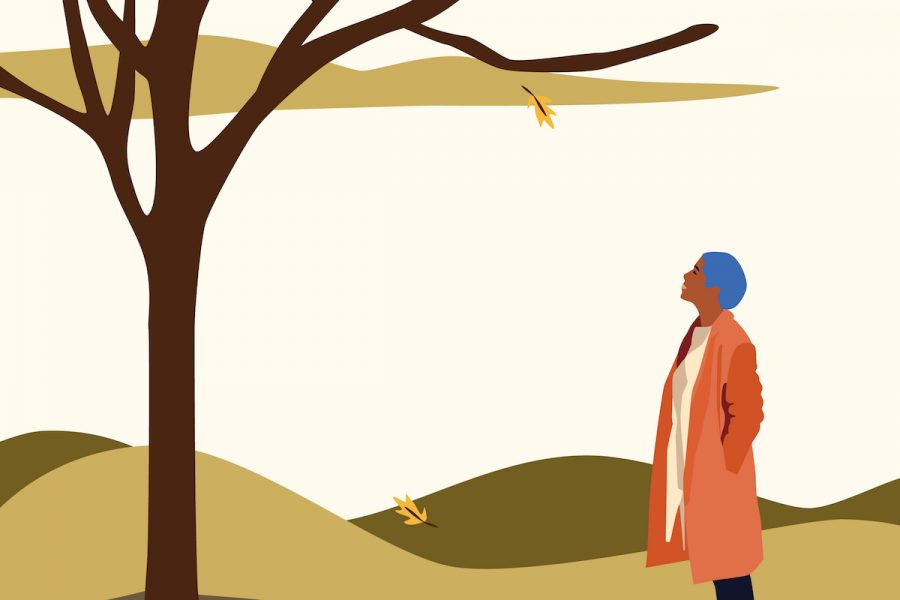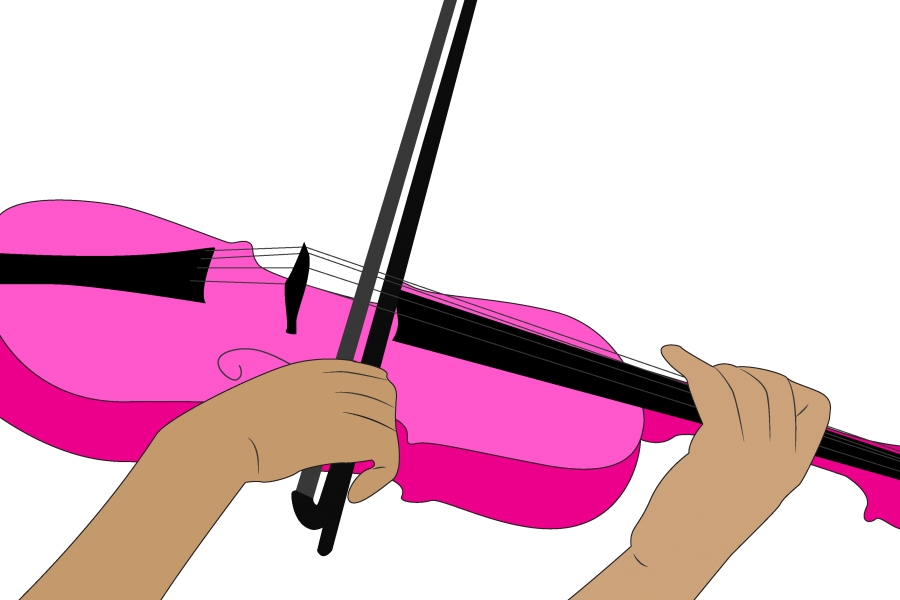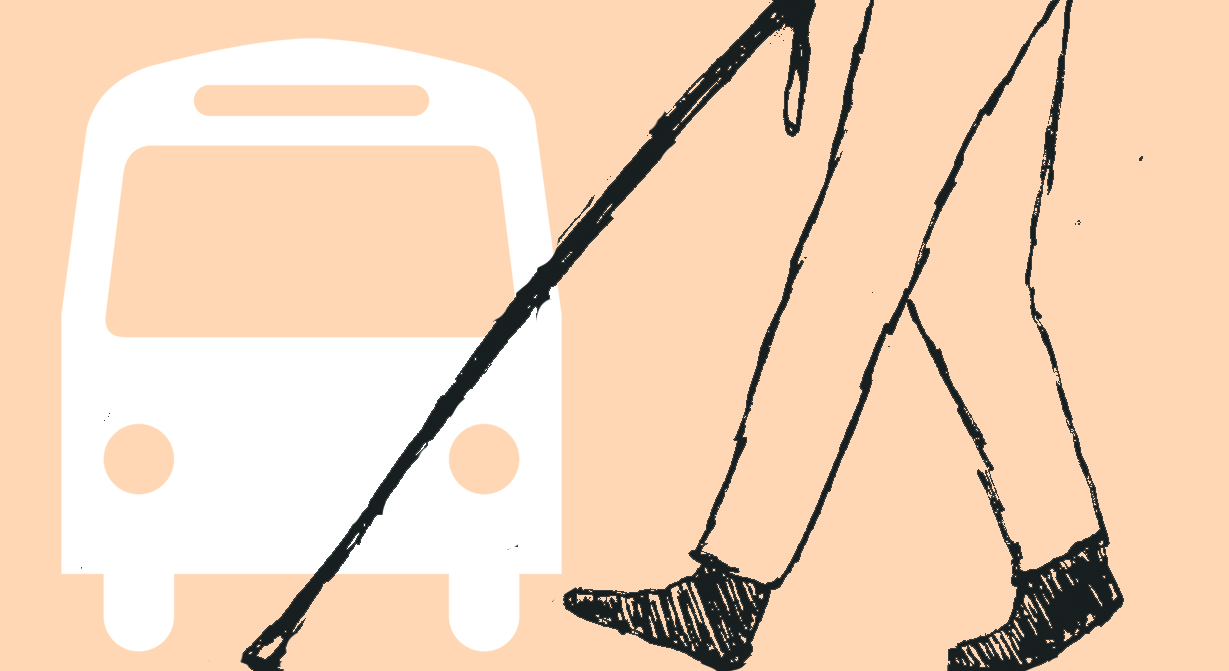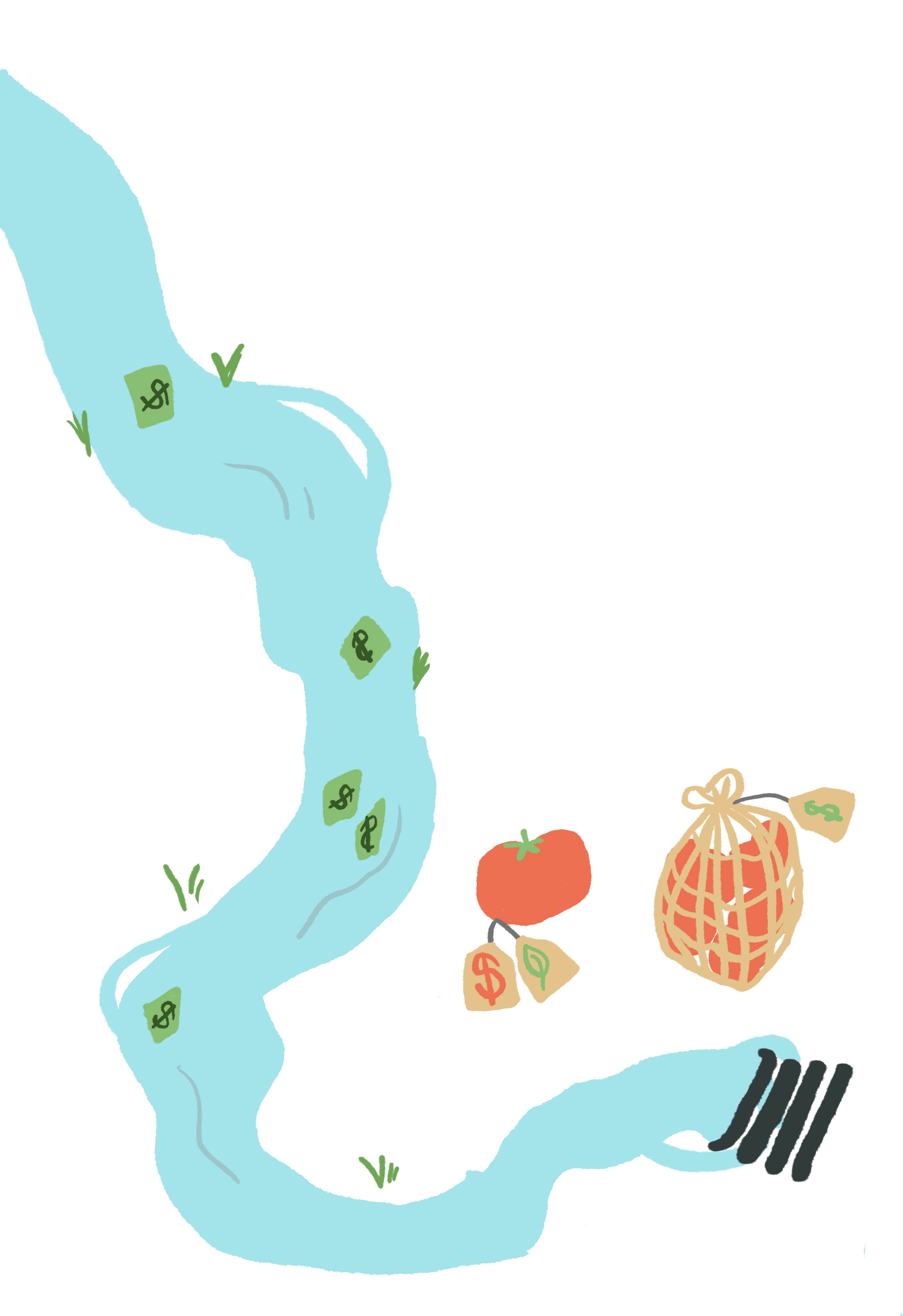Who doesn’t love a good road trip? With the weather getting colder and wetter in the Portland area, getting out of town and into nature seems like an increasingly attractive break from the weekly grind and daily drizzle of the city.
Unfortunately for anyone looking for a change, we live in a wet state. The coastal range frequently catches rain before Portland does—and much of the rest of Oregon sees its fair share of rainfall in the winter months as well. Luckily, for those of us looking for a break in the weather or just a change of scenery, an environment that is as arid as it is beautiful lies just past the Cascades in Eastern Oregon.
At first glance, the distances involved in going east are daunting, but the trip is worth the drive—although anyone planning on making the journey should put a little thought into their itinerary. Getting there can, in fact, be half the fun, provided you’ve opted for the scenic route.
While it might be tempting to take I-26 over Mt. Hood and then drive down to Madras, there’s a better way for those who would rather skip the mountain traffic. Instead of going over the pass, travelers can work their way along the Columbia Gorge, heading east along I-84 to The Dalles.
If you’re lucky, it is not uncommon to see huge clouds of fog lifting off of the Columbia Gorge’s forested walls like white smoke in the early morning, and the Columbia River running along the highway provides a constant source of scenery for drivers heading east along I-84.
As travelers approach Hood River, they can see the weather change before their eyes, as the grey cloud cover dissipates to reveal clear blue skies and wisps of white clouds. The environment around them will begin to change too—at Hood River, the rain-fed pines and conifers that cluster the Gorge give way to blueish junipers and yellow grasslands.
If you continue further, even the trees will fall away, leaving behind only grassy prairie and starkly beautiful black basalt cliffs. Not far past Hood River at Biggs Junction, you’ll turn southeast, away from the Columbia and towards the rugged deserts of Eastern Oregon. The land out here is windmill country—instead of crops, white wind turbines reap the air for power as far as the eye can see.
Past the windmills, the terrain becomes rocky, marked by steep canyons and exposed rimrock. Near here, you’ll find Cottonwood Canyon, Oregon’s newest State Park and some of the best hiking for miles. Nestled against the steep sides of an old-west style canyon, the 8,000-acre park features hiking trails, salmon fishing, camping and even a historic ranch.
The park is big and beautiful enough to justify a trip in its own right, but travelers hoping to catch more of Eastern Oregon would do well to use it as a fantastic picnic spot or even a campground for overnight excursions.
If you forgot to pack a picnic lunch or just want a hot meal, you can drive from Cottonwood to the historic town of Condon, only half an hour away. City-dwellers will find life moves at a different pace in the desert town, which has a population of under 800 residents.
Despite its small size, the city is not lacking in its creature comforts—good coffee, food and even a remote Powell’s book outpost can all be found at Country Flowers, an all-in-one local gathering ground operated by long-term resident Darla Seale.
“We’re the only flower shop in three counties,” Seale explained. “We’re the only place open to eat on Sunday for 40 miles.”
It’s important to note that Country Flowers is much more than a flower shop—in addition to the aforementioned Powell’s books, they also feature a soda fountain, an espresso counter and a full diner-style restaurant. Despite being one of the only places to go out to eat in the entire county—or perhaps because of it—Country Flowers features a surprisingly expansive menu. In addition to diner staples, high-quality coffee, espresso affogato, bistro sandwiches and a full Mexican menu are all available to hungry travellers. In a town of less than a thousand, the selection is consistently surprising. Ask for hot sauce for your eggs, and the waiter will offer five different varieties to choose from.
Outside of Country Flowers, a walk around the town is worth a relaxed afternoon away from city life. Condon features a charming library, a community theater and a free history museum.
“It’s inviting,” Seale said. “We’re friendly.”
If you’ve seen enough of Condon, head further south down Oregon Highway 19, towards the Condon Paleontology Center. The state-run museum will win over even the most disinterested visitors with its spectacular displays of the prehistoric plants and animals that populated the region over 40 million years ago.
“People get really surprised to know that there used to be rhinos native out here, and camels, sabretooth cats and elephants,” explained Nicholas Famoso, Paleontology Program Manager at the museum.
Visitors to the museum will be surprised to know that beyond the Paleontology Center’s windows, the rolling hills of the John Day Fossil Beds National Monument are filled with the preserved remains of over 200 hundred species of animals and over 800 species of plants.
“We even have some fossil funguses,” Famoso said.
As they explore the exhibits, visitors will find that the landscape that these creatures would have inhabited 40 million years ago looked dramatically different from the rugged desert and scrublands we see today.
The fossils originate from a time before the Cascade Mountains even existed—when rain clouds from the coast were able to make their way inland unimpeded by the mountain range, creating a dense subtropical rainforest packed with all kinds of plants and animals. Due to a series of highly improbable geological conditions, the mortal remains of the various organisms populating the region were remarkably preserved, creating a permanent record of their lives.
“In this particular unit that I work in, the Sheep Rock Unit, we have fossils from 33 million years ago, all the way up to 7 million years ago, that all come from within 20 miles of each other,” Famoso explained. “That’s a really rare thing, that we have that much time represented in one place.”
Today, many of those fossils can be viewed at the Center, which boasts an impressive array of species that range from cute to terrifying. Some specimens—such as a petite three-toed horse called Epihippus—are clearly adorable even in their fossilized forms. Others are stranger and more intimidating, such as Archaotheriums, the one-ton boar-like carnivores with skulls that resemble a crocodile’s—It doesn’t take long to figure out why the National Park Service’s website dubbed them hell pigs. Other species once present in the region include bear-dogs, prehistoric tigers and the ever-popular sabertooth cat.
Each exhibit represents only a tiny fraction of the 200–300 different discovered species present in the park, and Famoso said seeing the diversity of wildlife once in the region can be a perspective-changing experience.
“People get really surprised to know what kind of animals used to live out in this area,” Famoso said. “People are really surprised to know that at one point this area was subtropic jungle. They look outside and see this sagebrush steppe that exists today and they’re like ‘yeah, that’s really different.’”
An hour’s drive from the Condon Paleontology Center lies another remainder of prehistoric events: the Painted Hills. At first glance, the geologic formations look like a Martian landscape—massive plastic-smooth hills rise above the desert, streaked with bands of red and maroon colors like wet paint. Once the site of a prehistoric floodplain, the layers of color are actually stacks of silt from various time periods, each with its own unique chemical makeup and its own colors.
Taken together, the layers act like an artist’s palette of prehistoric soils, forming patterns on the ancient slopes of the Painted Hills. Today, the bone-dry site couldn’t look more different from the wet floodlands it once was. If it weren’t for the overwhelming smell of sage and juniper brush, it would be easy to imagine yourself looking at the landscape of another world.
In the winter and fall, the sunset angles so that it goes down behind the westernmost hills, outlining the formation in gold and flooding the area with a soft light that highlights the landscape’s otherworldly beauty. Famoso, who lives and works in the area, said this is also the best time to see wildlife. After working on a National Park-related project, he remembered having an unusually close encounter with some of the native fauna.
“We were wrapping up for the day,” Famoso recalled. “I saw this deer go running by us, and a minute or two later there was a coyote chasing it. I was like, ‘that’s not something you get to see very often.’ The best time to see wildlife is in the off season, or later in the day.”
In the scrublands between the hills, the tracks of the region’s animals are left behind in the red and purple muds, hinting at the natural drama unfolding around the park—while the tough desert plants create a stunning view in their own right. Walking through this mass of sagebrush, it is easy to see how early pioneer wagons earned the nickname prairie schooners, as the expanse of blue-green vegetation resembles an ocean between the striped hills.
Unlike Portland, the sky above this landscape—and much of the rest of the Oregon Desert—is frequently clear, allowing an unobstructed view of the rising moon and the milky way.
Even travellers who don’t mind the rain back in Portland will find something to love under the dry desert skies, as the combined lack of clouds and light pollution create an opportunity to stargaze that is almost impossible to find in the city.
For this reason alone, and the fact that there is so much to see and do, visitors from elsewhere in the state would do well to stay overnight in order to best experience what the area has to offer. With this in mind, the next time you find yourself looking out the window at the winter rain, wanting to go somewhere drier, quieter or just plain different, fill up the gas tank and head east—there’s plenty to see out there.

